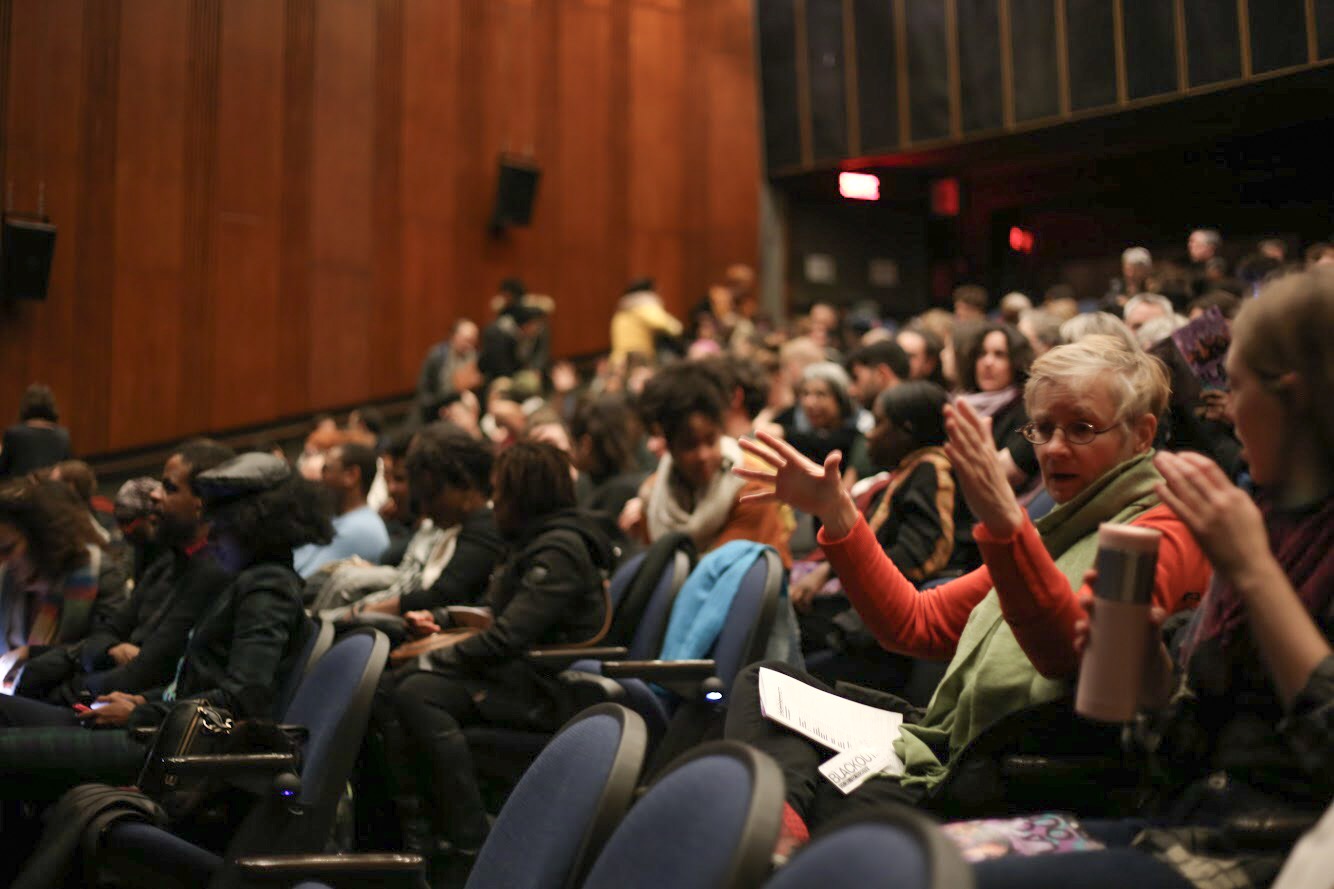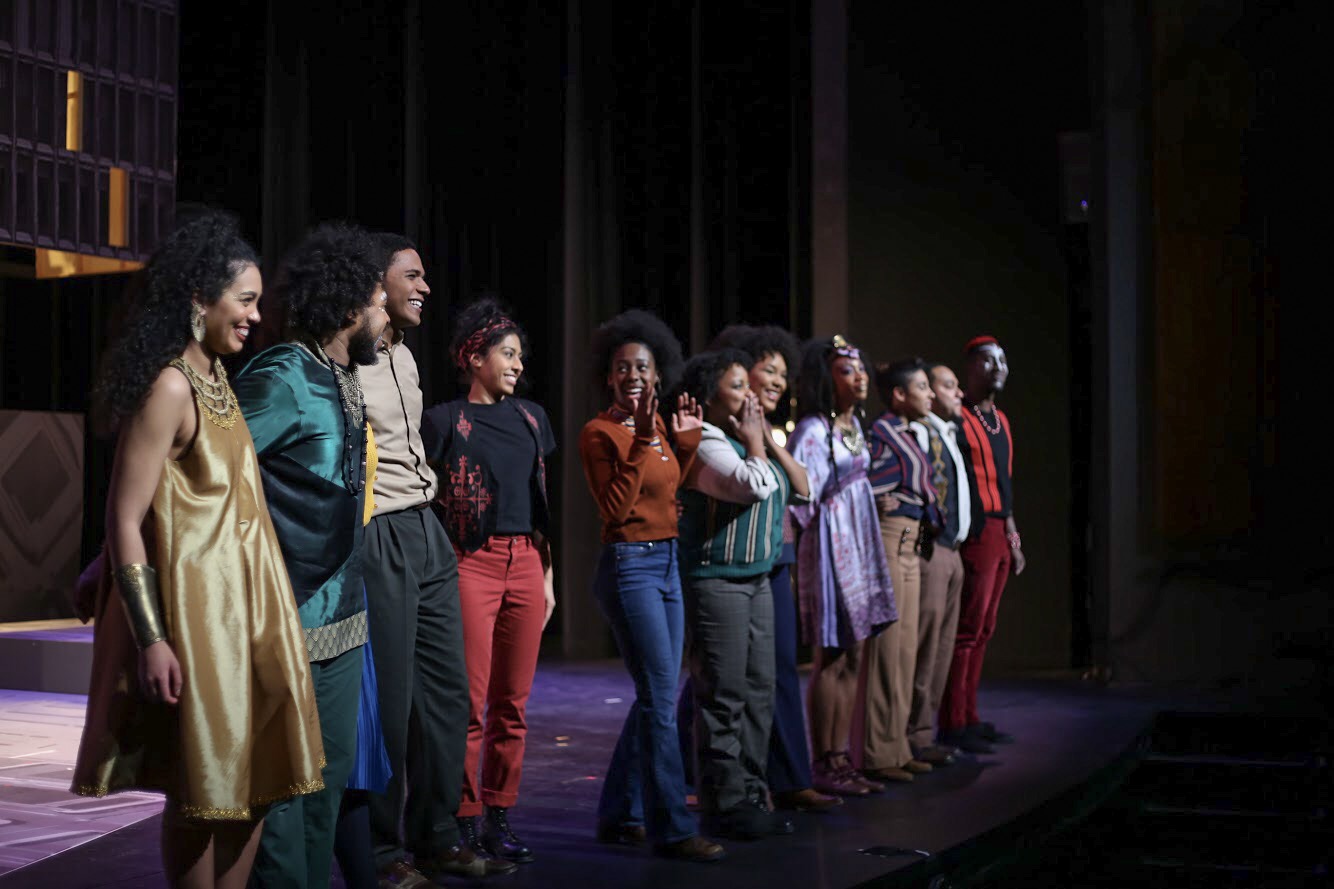“Blackout” questions how much has changed since 1969
Between Jan. 29 and Feb. 11 1969, about 200 students occupied the ninth floor computer centre of then Sir George Williams University to protest the administration’s mishandling of racism complaints. In nearly all media coverage of the occupation and its aftermath, you’ll read about the $2 million of damage and a mysterious fire, which was all blamed on the students. But you’ll have to do a bit of digging before you come across any information about the nine months these students spent trying to get various professors, student representatives and the administration to legitimately consider their complaints.
Blackout: the Concordia Computer Riots interweaves the coming together of six students who only wanted to be graded justly, the administration’s inexcusable negligence towards their complaints, and how a simple bureaucratic request revealed multiple layers of systemic prejudice. “Whenever there is a question of authority, everyone is involved, and the response [to that scrutiny] can reveal a lot about their motives,” said Tamara Brown, assistant director and part of the writing unit. “An adequate response would have been, ‘Let’s examine this fairly,’ but that didn’t happen, which says a lot.”
About 14 months ago Mathieu Murphy-Perron, owner of the production company Tableau D’Hote Theatre, gathered a handful of talented artists and performers to begin researching and writing what became Blackout. Through the perfect marriage of music, spoken word and creative lighting, Blackout creates a critically immersive, yet unapologetically political view of one of the largest student occupations in Canadian history.

The initial six students—played by Briauna James, Gita Miller, Shauna Thompson, Kym Dominique-Ferguson, Michelle Rambharose, and Sophie-Thérèse Stone-Richards—are all introduced while sitting together, sharing stories of frustration over the grades they’re receiving in a biology class.
Exploring the months that led up to the occupation is extremely important, considering that most media coverage downplays the more than a dozen complaints against this one biology professor. As their frustration grows, the six students ask their white friend, played by Lucinda Davis, to swap papers with one of them, played by Thompson, to see if the grades changed. Davis received a 90 on her paper, while Thompson received a 68, and this process was repeated with about six different students, garnering the same result each time.
Blackout shines a light on the story’s details, such as those mentioned above, that are predominantly left out of any mainstream coverage of the protest. What makes Blackout particularly unique is the interaction between the audience and performers in real time. By switching from dark, artistic lighting to completely illuminating the stage, the cast breaks the fourth wall throughout the play, occasionally speaking directly to the audience and asking them to further critically engage with the information they’ve presented.
“Can we take a moment to talk about this fire?” said Davis to the audience. “The fact that, even now, 50 years later, history would have it that it was the students who started it?” A mixture of approval-snapping and mhmm’s rose from the audience in response. “Yeah, that is some serious retcon-ing [retroactive continuity] shit right there,” said Dakota Jamal Wellman, one of the performers. The pair go on to logically unpack the students’ precarious situation of being barricaded inside the location where the fire was started, asking the rhetorical question of why anyone would start a fire in a place they cannot escape efficiently. Wellman continues by telling the audience how students had to use an axe to chop down a door in order to escape the flames; a door that was locked from the outside. “And they would have you believe that it was the students who started a motherfucking fire?” said Davis.
The seamless oscillation between engaging the audience as performers and as the students they played allows viewers to both humanize the students and their experiences, while also reminding audiences that they will never truly understand the alienation the students must have felt. While now, the protest is largely praised for resisting top-down power dynamics, at the time, “[the students] didn’t have support from the population, or from the media or from society,” said Lydia Dubuisson, part of the writing unit for Blackout. The politically charged play raises many important questions: whose side of history are you on? Why did it take so much to ask for so little? Why was property valued over humanity? After almost two hours of highlighting how much history was rebranded by the university’s administration, attendees leave already knowing the answer to these questions.
About 14 months after the protests-turned-riot, the very theatre Blackout performed in was named after the university’s president throughout the occupation: D.B. Clarke. In 1974, only 5 years after the occupation, Sir George Williams University and Loyola College merged to become Concordia University.
Blackout will have shows every evening until Feb. 9th at 8 p.m. with the final show at 2 p.m. on Sunday, Feb. 10th.
Feature photo by Alex Hutchins




